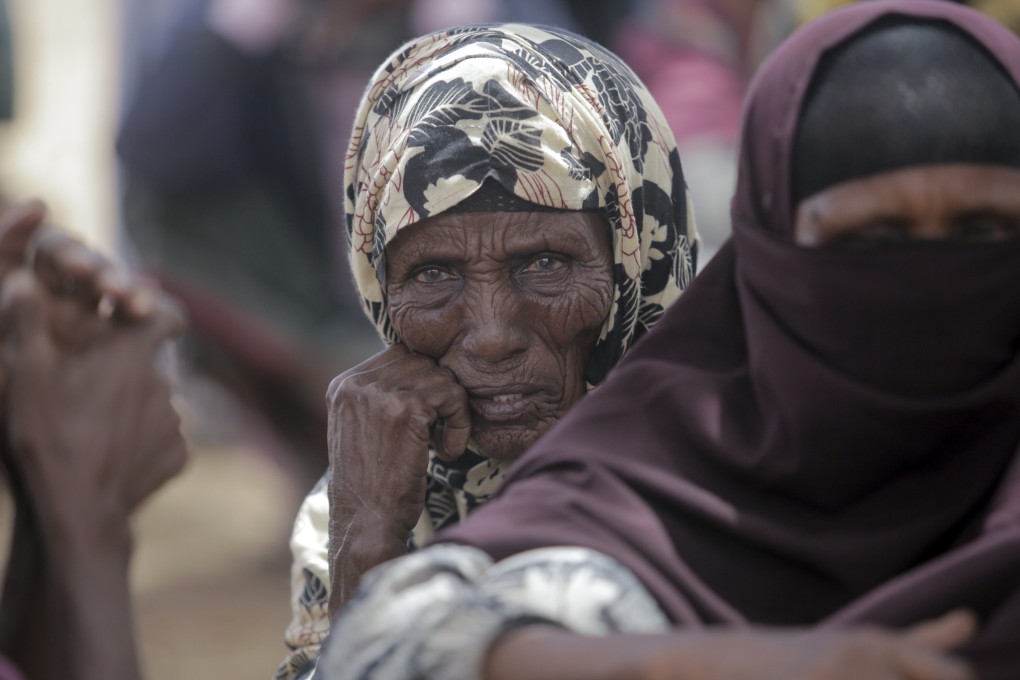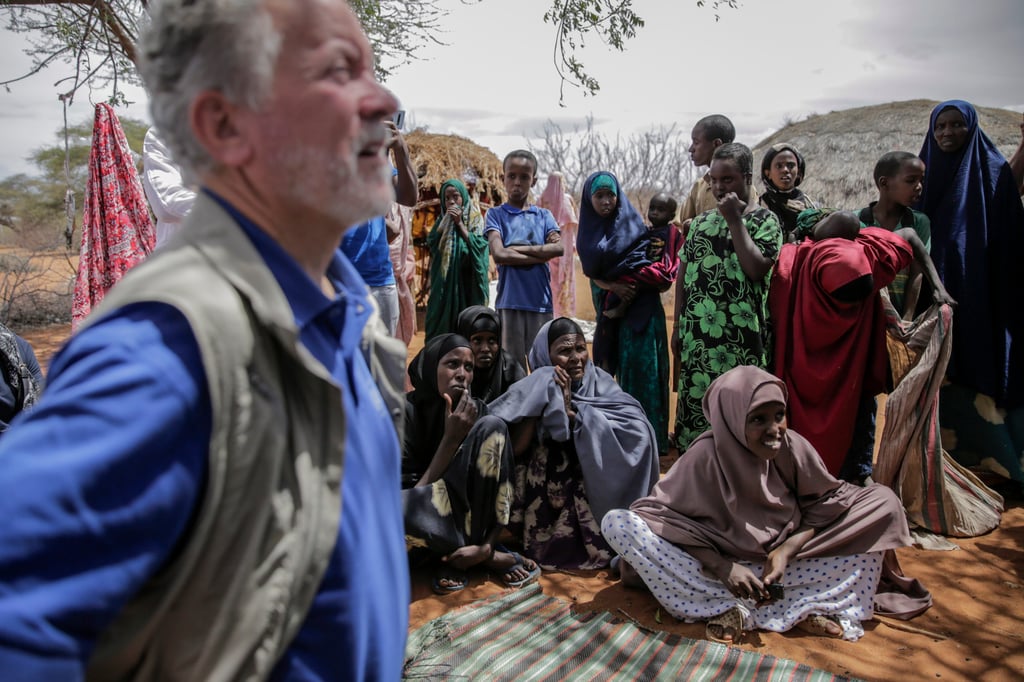US to buy Ukraine grain to help feed hungry world, China should help too: UN
- World Food Programme boss David Beasley said while visiting Africa that US will buy 150,000 tons of grain for upcoming shipment of food aid
- China needs to help as well, he said, as it’s the ‘second-largest economy in the world, and we get diddly-squat from China’, or very little, he added

The United States is stepping up to buy about 150,000 metric tons of grain from Ukraine in the next few weeks for an upcoming shipment of food aid from ports no longer blockaded by war, according to World Food Programme (WFP) chief.
The final destinations for the grain are not confirmed and discussions continue, David Beasley said. But the planned shipment, one of several the UN agency that fights hunger is pursuing, is more than six times the amount of grain that the first WFP-arranged ship from Ukraine is now carrying toward people in the Horn of Africa at risk of starvation.
Beasley spoke on Friday from northern Kenya, which is deep in a drought that is withering the Horn of Africa region. He sat under a thorn tree among local women who said that the last time it rained was in 2019.
Their bone-dry communities face yet another failed rainy season within weeks that could tip parts of the region, especially neighbouring Somalia, into famine. Already, thousands of people have died. The World Food Programme says 22 million people are hungry.

“I think there’s a high probability we’ll have a declaration of famine” in the coming weeks, Beasley said.